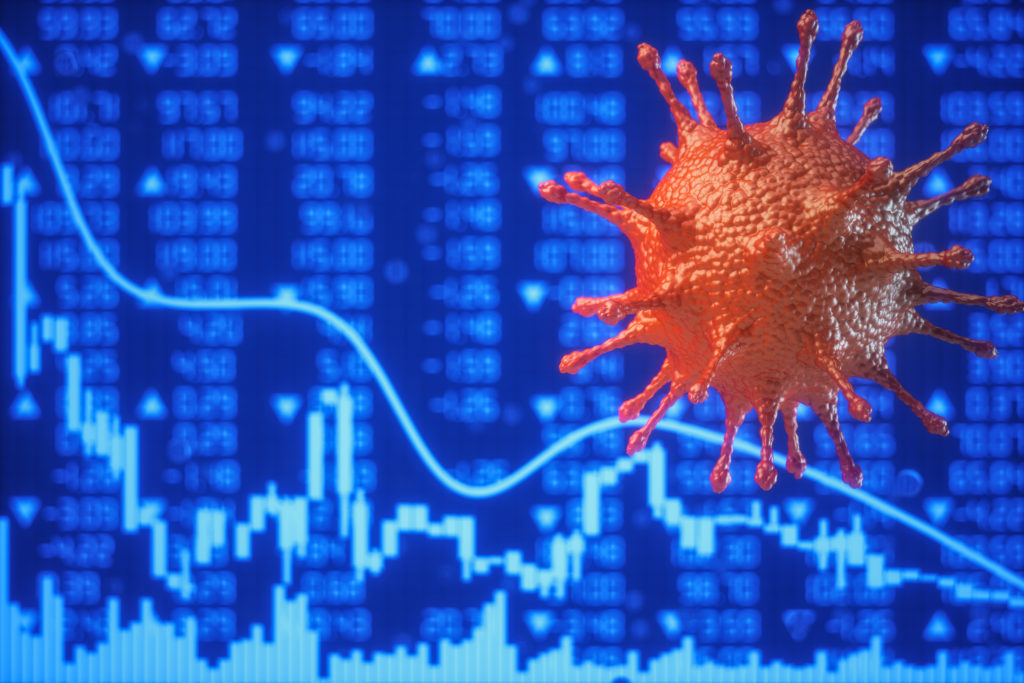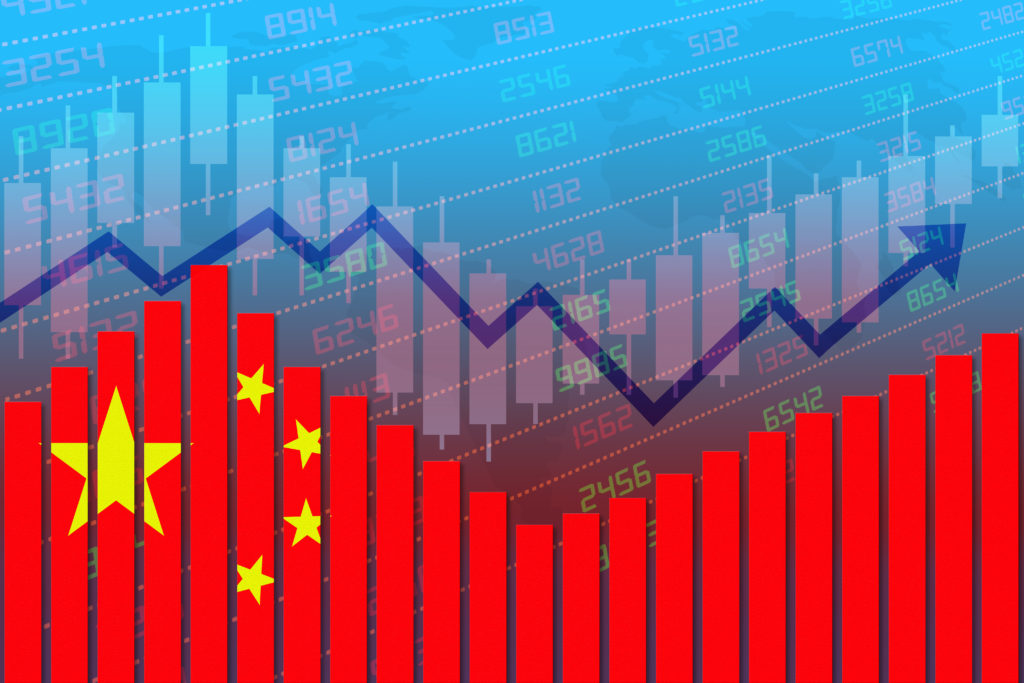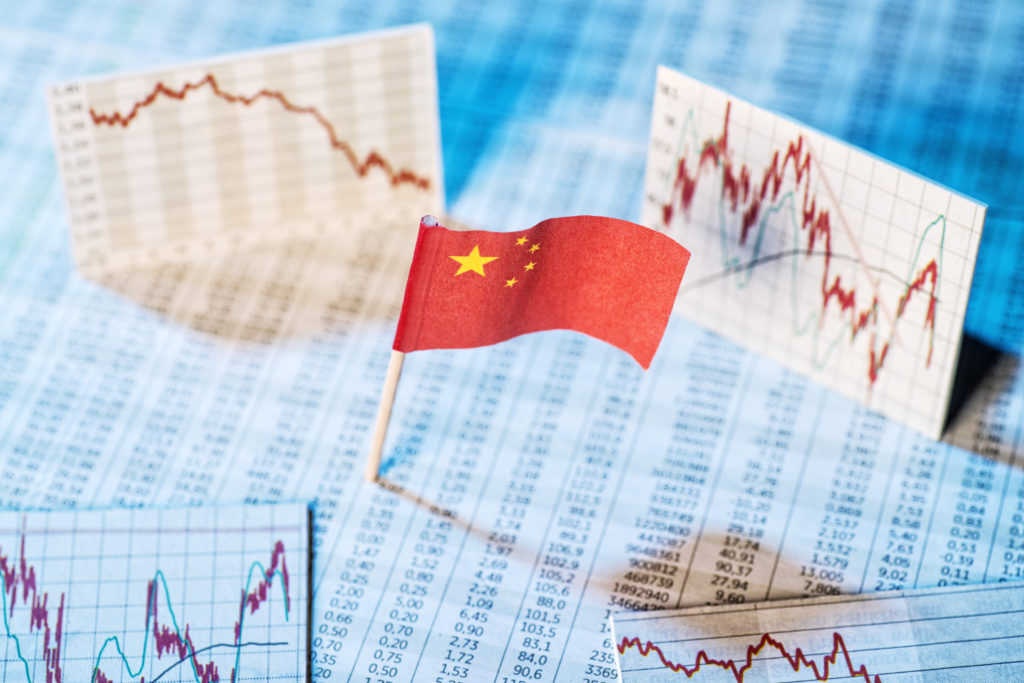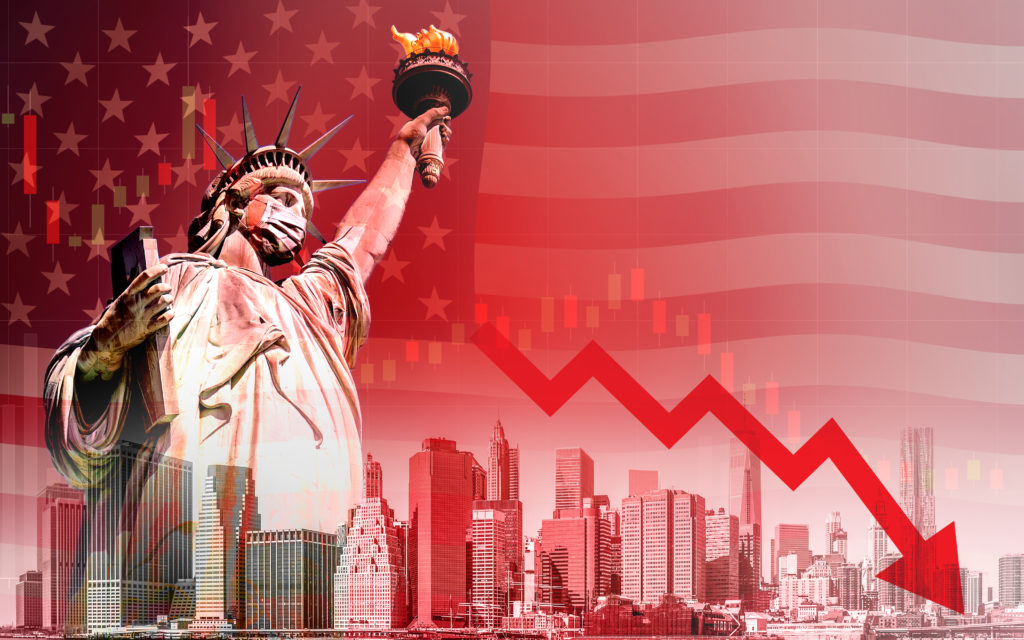Any assessment of current affairs depends upon the selected sources. Our summary here is, in fact, deducted from the information reflected in the sources listed below. Once, Miami Dolphin Coach, Don Shula, announced a game plan on Saturday. On Monday morning following the game, a reporter asked Shula why he had changed his game plan at half-time on Sunday? His response “When I have different information, I reach different conclusions.”
The Covid-19 pandemic has resulted in an economic crisis in every economy in the world. Here, in the United States, we are experiencing an economic recession that borders on an actual depression. Down from a peak of 22 million in April, 2020, US unemployment is still in the 11 million range, or 8.4% of the total labor supply. Some do not expect employment rates to return to pre-Covid-19 levels until into the next decade and there are three million small businesses that have disappeared and are not expected to return. Economic conditions around the world are also similarly grim. However, the Chinese economy is reporting significant improvement since the corona virus breakout. We think it is important to understand this fascinating nation’s current economic status.
There are two major factors at work in the reported success of China’s economy.

First, the economic hit was never as strong in China as in other economies. China was better able to contain the virus, due to strong government action, including mass testing (discussed in our August blog). This enabled the Chinese economy to avoid the long shut-downs that other industrialized and developing nations endured. Additionally, the CCP responded with “six priorities”, including employment, basic livelihood, company support, food and energy security, stable supply chains, and the more effective operation of government. Centralized authority does allow for immediate compliance.

Both the United States and Chinese economies are consumer driven. In the US, consumer spending is more than two-thirds of our total GDP. Our national government provided several economic stimuli plans to protect the economy; the EIDL small business grants through the Small Business Administration, the PPP (payroll protection program) which enabled businesses to avoid some layoffs and a $600 stimulus check that was sent to every home in the country. It is important to note that the International Monetary Fund has given only one national economy a positive GDP growth projection in 2020; China.
As in the United States, China’s economic recovery has been visible for months. In August, consumer spending was up .5% versus prior year August. Versus China, Canada, France, Germany, Italy, Japan and the United Kingdom have economies whose economies showed a dramatic contraction during the first half of the year. Even with a more vibrant economy, Chinese growth in real GDP is expected to be just 1% over prior year.

As in the United States, China’s economic recovery is not experienced evenly across all income brackets or regions. China’s wealthiest citizens have fared the best since the pandemic. In August, car sales were up 12% from prior August; this indicates that Beijing’s car buying incentives are having a positive impact on the economy. Car sales are so strong that Chinese dealerships have been able to reduce and even suspend planned discount promotions. Similarly, more than a dozen luxury western brands – from fashion to cars – enjoyed double-digit revenue growth in the Chinese market. In-mall shopping activity has also rebounded.
Unfortunately, not everyone in China is experiencing the same recovery. Those in the low to middle income categories have experienced a two-percent reduction in disposable income. Migrant workers are also experiencing difficulties.

The long-term prediction for China’s economic recovery is V-shaped, according to Christophe Barraud, Chief Economist at Market Securities. This is because China has a much larger potential for real growth in total output. According to Barraud, China has a capacity to increase real output by 6% annually, while more advanced economies can only by 1.5%. In contrast, economic recovery in the United States is projected to be “W”-shaped or possibly “swoosh” (as in the Nike ‘swoosh’) shaped. Federal Reserve Chairman, Jerome Powell has urged Congress to inject more cash into the economy than the current administration currently has. US total investment into various post-Covid-19 stimuli is in the range of 15% of GDP. Conversely, the EU nations have invested 30% and Japan has invested 20%. Jeffrey Kleintop, Chief Global Investment Strategist at Charles Schwab, has said “Powell is right to call for more fiscal stimulus to aid the US recovery”.
In this fast-changing world, where decisions about your Chinese projects must be made with reliable information and expertise, Word4Asia is your waiting and reliable partner. If your plans call for our more than 20 years of success in China, we would love to discuss them with you. You can reach Dr. Gene Wood at gene@word4asia.com
Our Sources
https://www.google.com/amp/s/amp.cnn.com/cnn/2020/09/15/economy/china-economy-retail-intl-hnk/index.html
https://www.ft.com/content/e0e2940a-17cb-40ed-8d27-3722c9349a5d
https://markets.businessinsider.com/news/stocks/economic-outlook-fed-call-more-stimulus-has-point-strategist-2020-9-1029623447#



